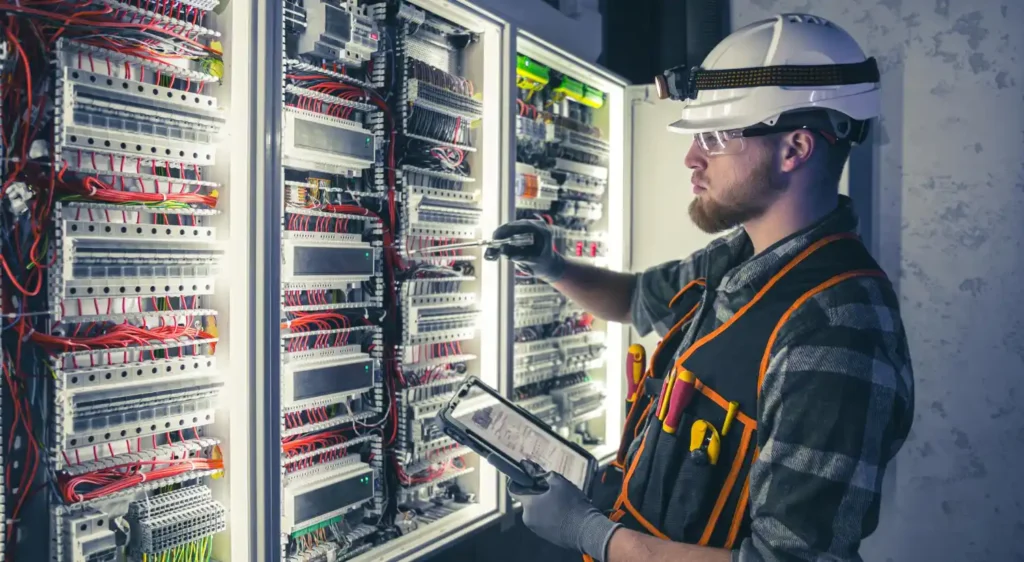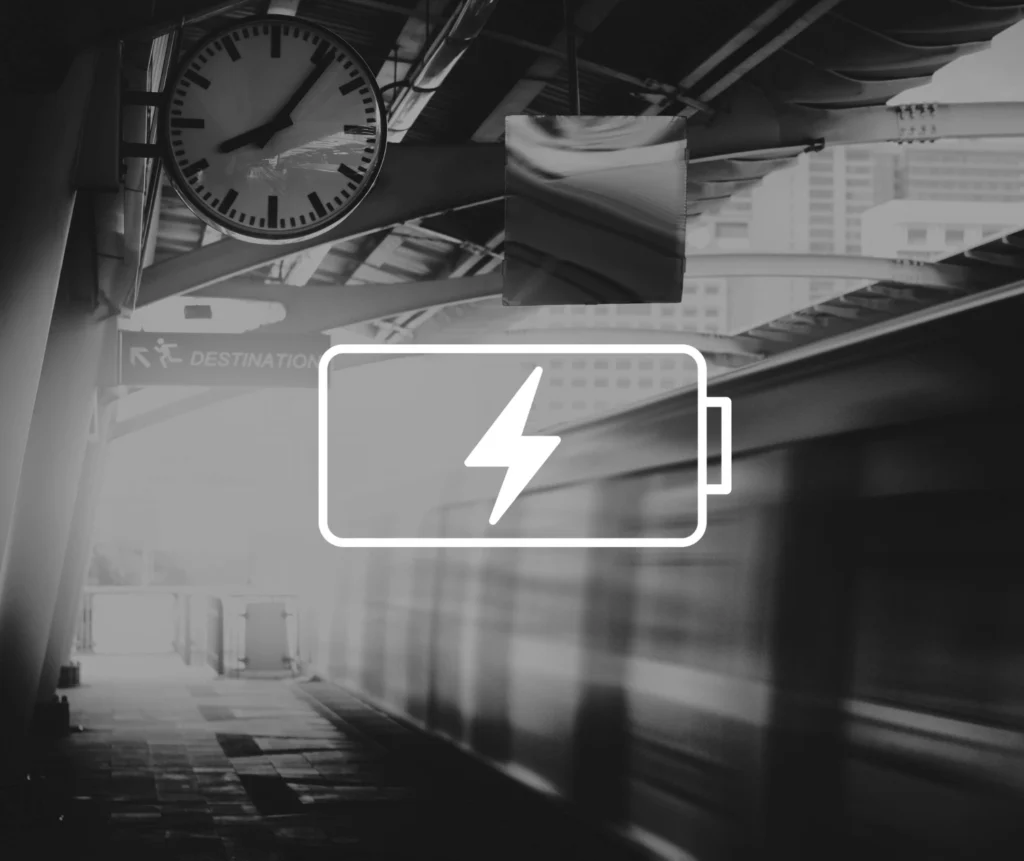Networks mostly heaved a sigh of relief earlier this month when Ofgem released the findings of an independent review of Low Carbon Network Fund spending.
The report from consultancies Poyry and Ricardo Energy and Environment confirmed that the fund should deliver good value for customer money with benefits from the £250m spent ranging between a possible £1bn to over £8bn depending on how proactive networks are in adopting innovation successes into business as usual. This seems enough to have convinced Ofgem to preserve innovation funding for the time being – though it has trimmed the budget for DNOs to encourage further efficiency.
However, with the benefits identified by Poyry still largely in the realms of theory and some significant criticisms of network innovation culture included in the consultants’ work, network operators need to make some strong new year’s resolutions to improve their approach to a range of key issues.
The consultants’ main concern about network attitudes to innovation was that, although companies have enthusiastically applied their funding to varied and worthwhile projects, fundamentally there is a lack of conviction that innovation is really critical to the future success of their businesses.
This is a core cultural problem for networks and one which they must acknowledge and resolve if innovation to meet the constantly evolving and increasingly complex system challenges of the future is to become sustainable.
Recommendations arising from the LCNF review will also challenge DNOs to work more collaboratively to develop a shared innovation plans. The suggested requirement for future DNO funding arrangements to mandate the development of a collective DNO “innovation roadmap” – in partnership with the System Operator and transmission, gas and heat network operators – is a nod towards the need for whole system thinking around energy system transformation. It should also help to allay concerns expressed in the review that there is not enough knowledge sharing between DNOs.
Although specifically targeted at electricity distribution companies, the LCNF review document holds valuable messages for all parties engaged in energy system innovation and dovetails closely with the feedback Ofgem issued to supplicants in the most recent round of the Network Innovation Competition.
If networks are looking for inspiration when compiling their New Year resolutions lists, they could do worse than starting here.

